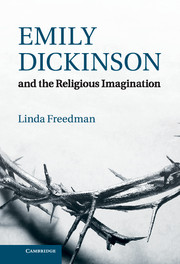Chapter 3 - Encounters with light
Published online by Cambridge University Press: 07 September 2011
Summary
In the synoptic Gospels, the transfiguration connects Baptism with crucifixion because all are events of extreme metamorphosis and boundary crossing. The transfiguration is a moment when the disciples witness Jesus shining with divine light. The synoptic accounts of Jesus’s transfiguration all focus on his sudden and apparent brightness. Matthew writes: ‘His face shone like the sun and his raiment was white as light’. Mark says: ‘And his raiment became shining, exceeding white as snow; so as no fuller on earth can whiten them’. Luke tells how: ‘his raiment was white and glistering’. The light of transfiguration has no limits. It is uncreated divine light. In the transfiguration story Jesus is beheld as the centre of this light. He makes the eternal manifest to the disciples. The transfiguration resonates thematically with other examples of divine appearance. There have been several studies which suggest the transfiguration story is a misplaced resurrection story. Other studies have proposed the transfiguration prefigures the resurrection or cite it as a post-resurrection story of ascension.
The transfiguration has been seen as a foreshadowing of Christ’s glorification. Both Mark and Matthew stress the unnatural brightness of Jesus’s clothing during his transfiguration. The apocalyptic transformation of the cosmos is associated with magical garments throughout the Bible. Matthew and Mark specifically echo Enoch 14.20, where the ‘gown’ of the ‘Great Glory’ is said to be ‘shining more brightly than the sun, and … whiter than any snow’. Enoch 71.1 also talks of the ‘sons of the holy angels’ whose ‘garments were white … and the light of their faces was like snow’. Christ’s clothing at the moment of his transfiguration parallels the transformative garments of the heavenly seers. At the moment of Christ’s transfiguration the heavenly fabric which tears at the Baptism and crucifixion manifests itself as his garment, whole and intact. The part of death prefigured in the transfiguration is, therefore, the process of dying – the means by which a redeemed man is able to enter heaven.
- Type
- Chapter
- Information
- Emily Dickinson and the Religious Imagination , pp. 74 - 97Publisher: Cambridge University PressPrint publication year: 2011



